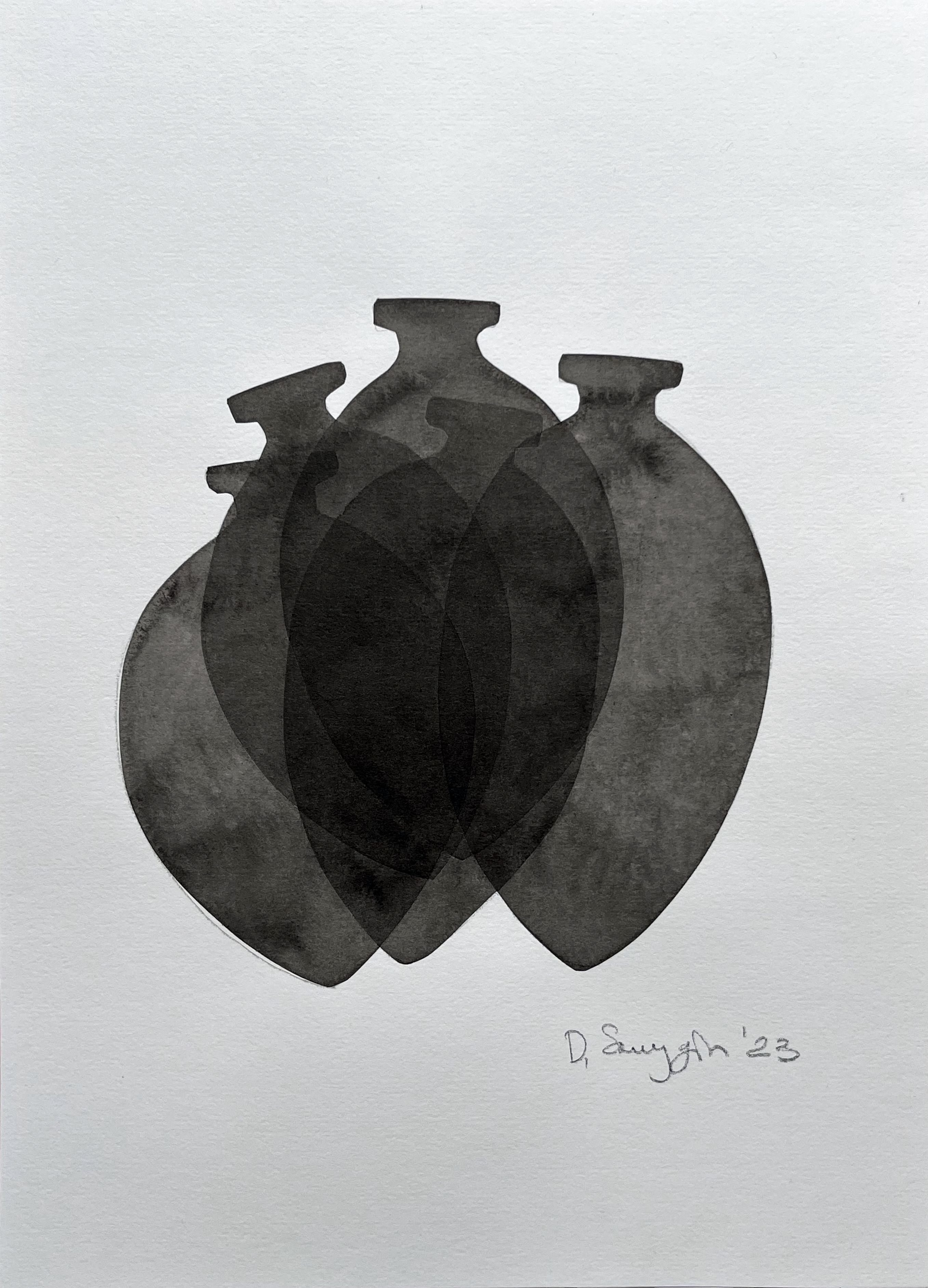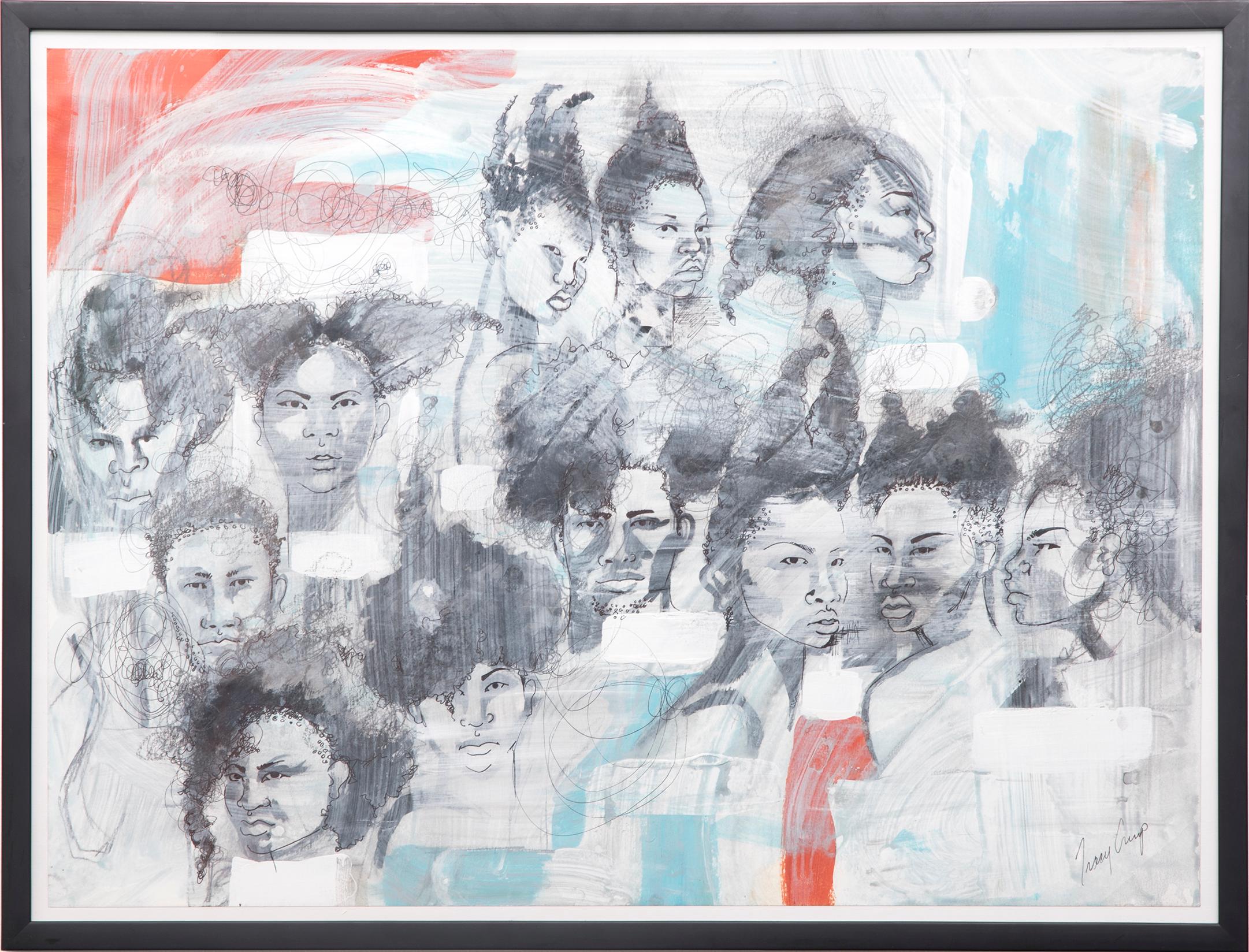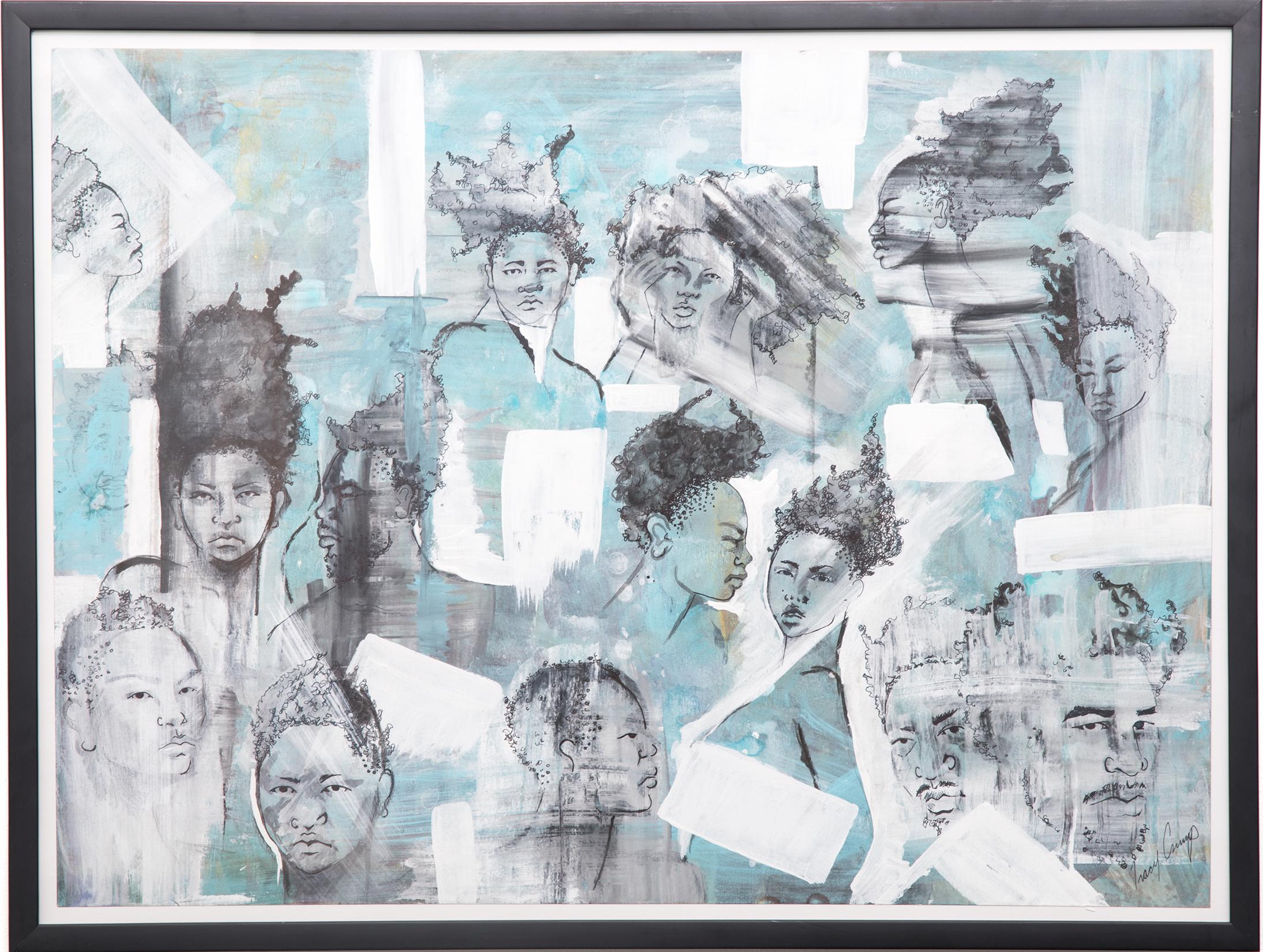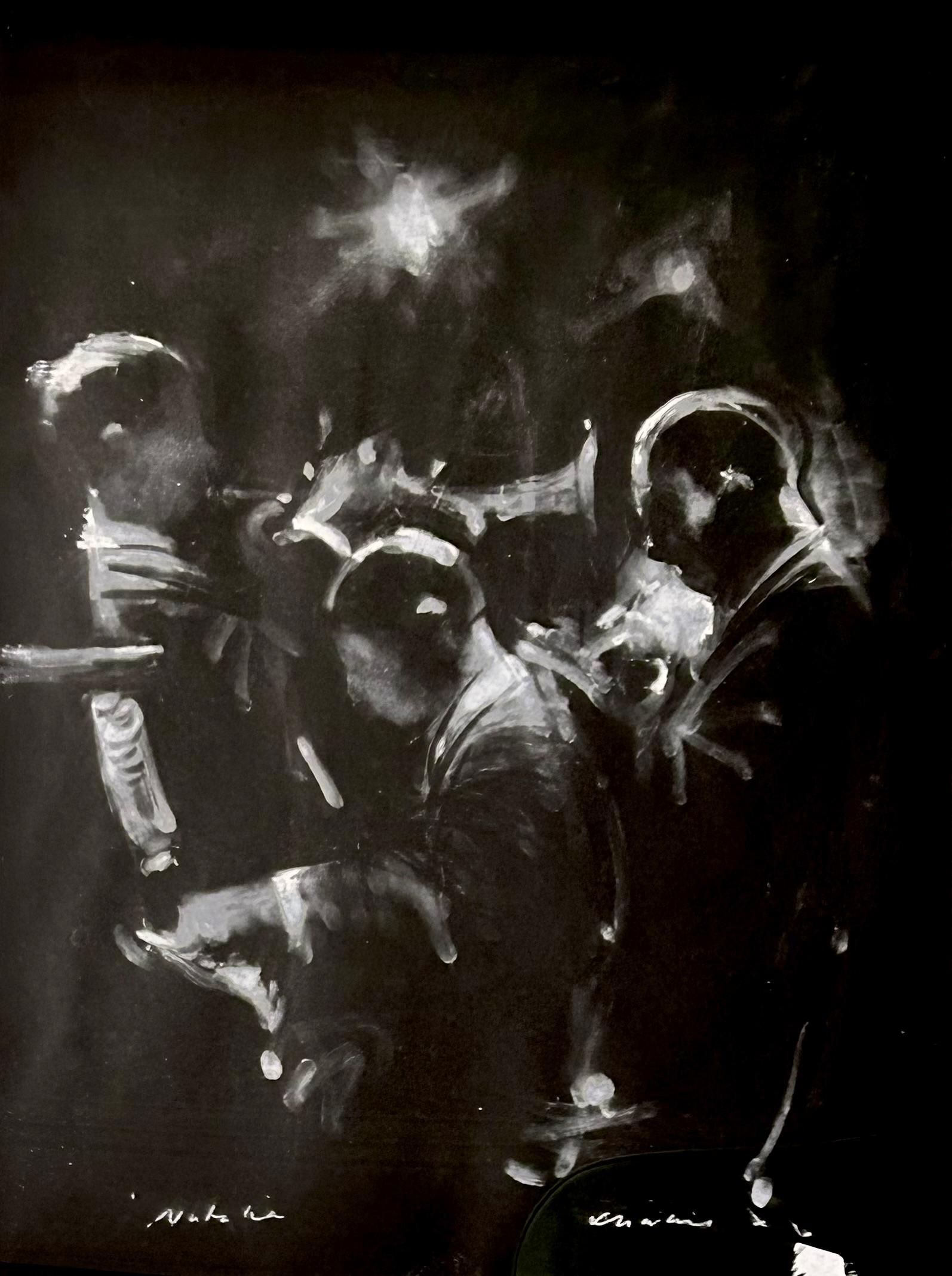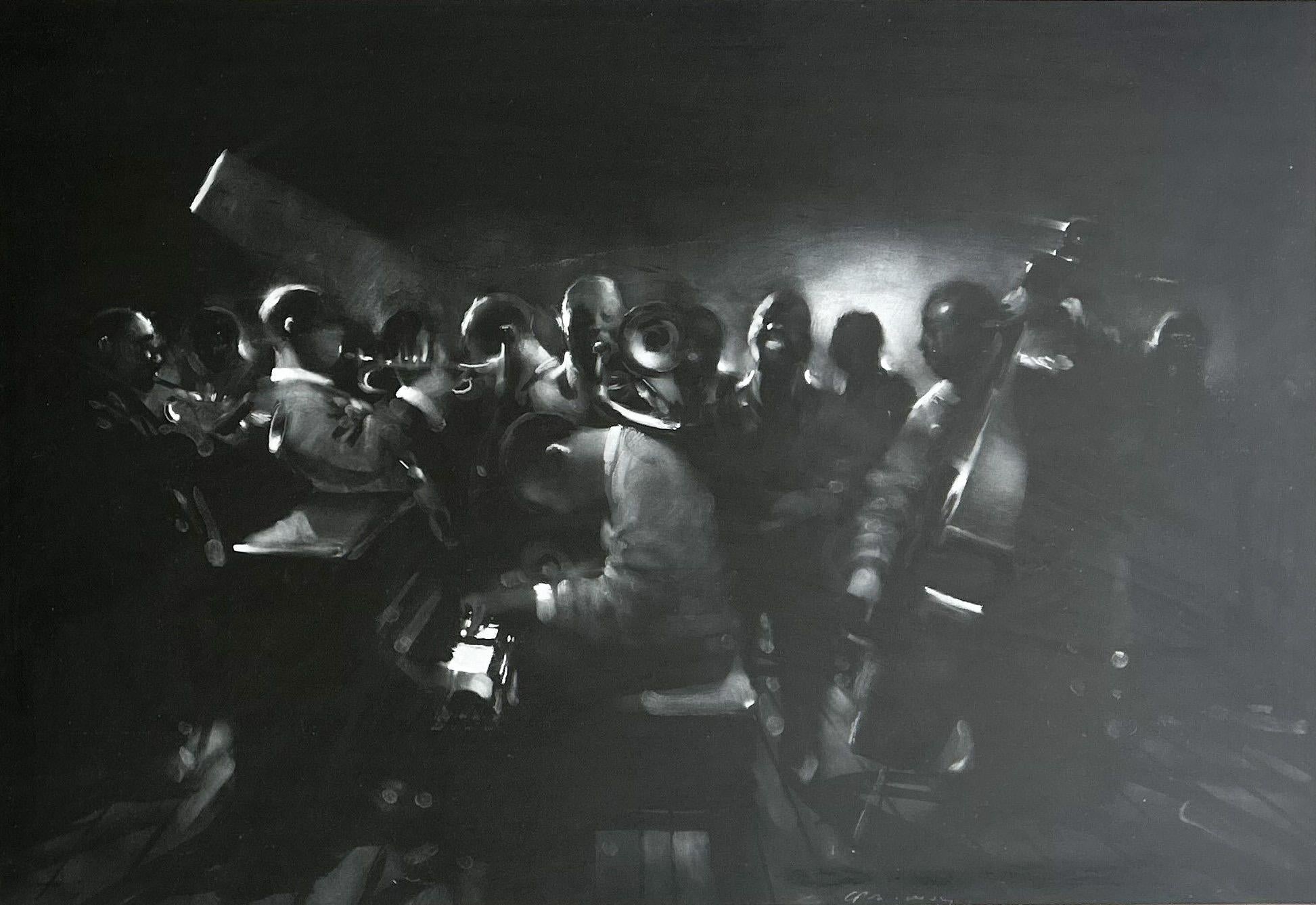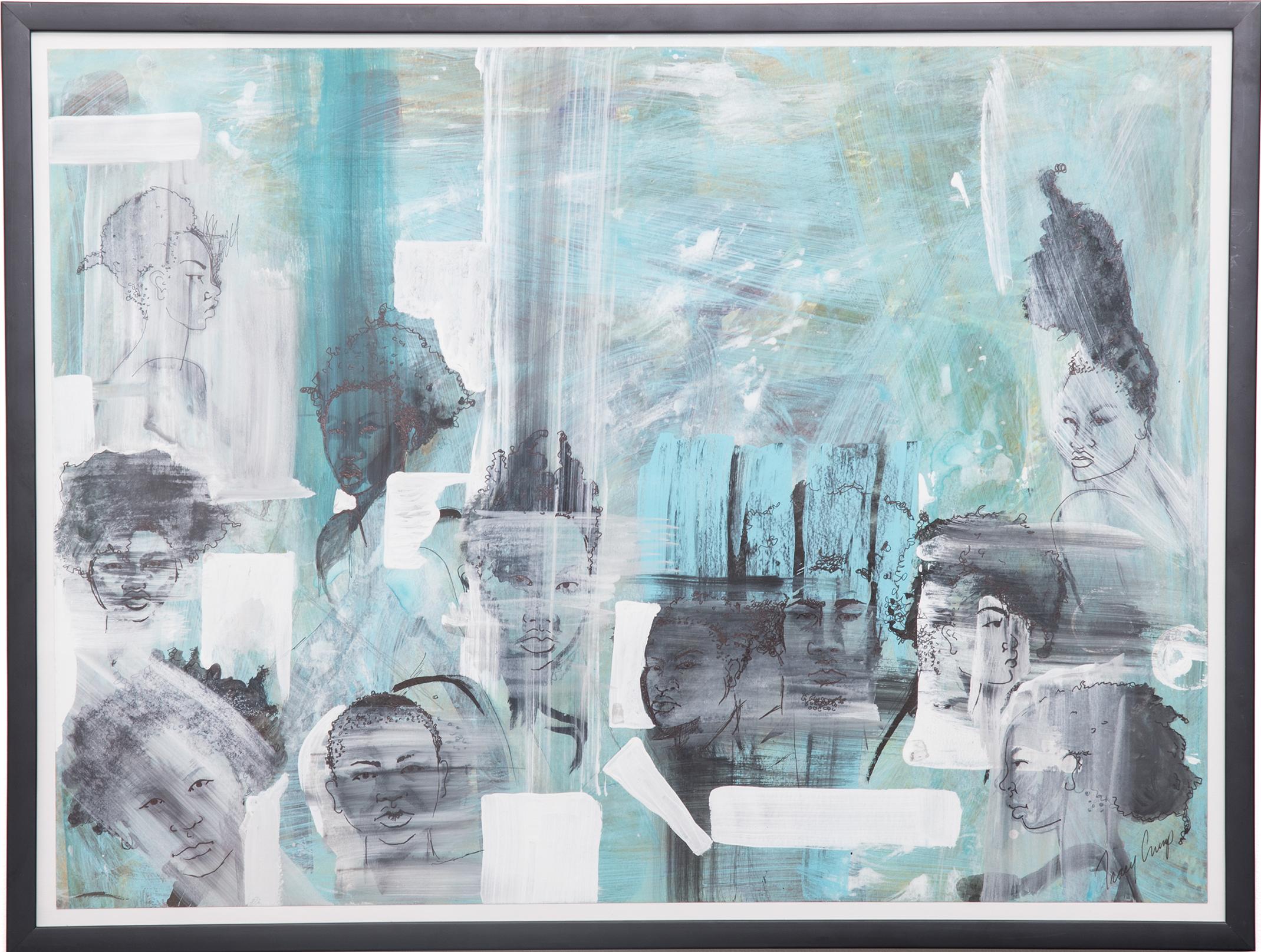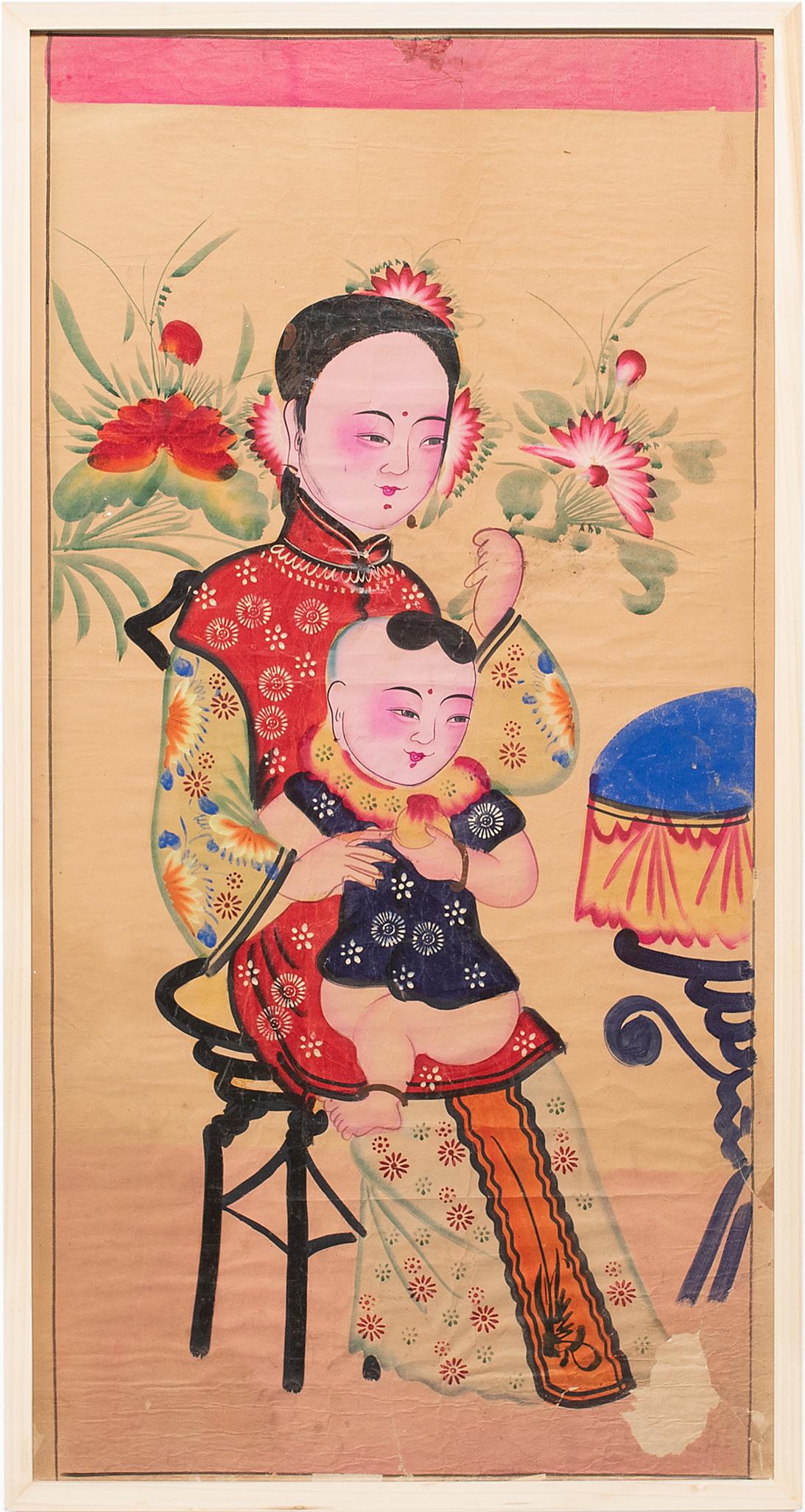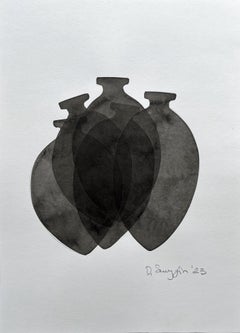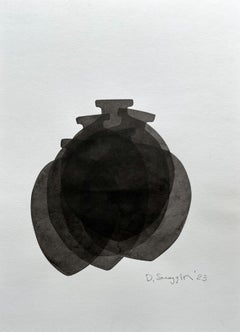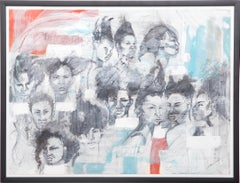
No title
View Similar Items
1 of 1
Lee LozanoNo title1962
1962
- Creator:Lee Lozano (1930-1999, American)
- Creation Year:1962
- Period:
- Condition:
- Gallery Location:New York, NY
- Reference Number:Seller: LOZAN307391stDibs: G1111308356
Authenticity Guarantee
In the unlikely event there’s an issue with an item’s authenticity, contact us within 1 year for a full refund. DetailsMoney-Back Guarantee
If your item is not as described, is damaged in transit, or does not arrive, contact us within 7 days for a full refund. Details24-Hour Cancellation
You have a 24-hour grace period in which to reconsider your purchase, with no questions asked.Vetted Professional Sellers
Our world-class sellers must adhere to strict standards for service and quality, maintaining the integrity of our listings.Price-Match Guarantee
If you find that a seller listed the same item for a lower price elsewhere, we’ll match it.Trusted Global Delivery
Our best-in-class carrier network provides specialized shipping options worldwide, including custom delivery.You May Also Like
Figurative Ink Painting N.3 'Glass of Wine' by Dmitry Samygin
By Dmitry Samygin
Located in Paris, FR
Figurative Ink on Cotton paper
Painting N.3 'Glass of wine' by Dmitry Samygin
H.27 x 19.5 cm
About Dmitry Samygin
Furniture and Product Designer. His approach relies on simple forms and clarity in ideas with carefully chosen materials to expose the essence of an object. His products exemplify humanistic design, comfort in everyday use and ergonomic function.
He is a prize-winner in international competitions. He has taken part in exhibitions in Paris, Milan and Moscow, collaborates with European and Russian production, architectural and design companies. Since 2021 Dmitriy's design has been presented in a permanent exhibition at the Museum of Arts and Crafts in Moscow. Dmitry's graphics and designs are in private collections all over the world.
Samygin's Awards
2023 I+D / Design Now / winner (product design & decor)
2021 Red dot / Modul
2021 I+D magazine award / Shelter (covers for the sculptures of Moscow State Architectural Museum)
2020 Best 2020 AD Russia
2019 Andrew World...
Category
21st Century and Contemporary Contemporary Figurative Drawings and Water...
Materials
Cotton, Paper, Ink
Figurative Ink Painting N.2 'Vessels II' by Dmitry Samygin
By Dmitry Samygin
Located in Paris, FR
Figurative Ink on Cotton paper
Painting N.1 'Vessels II' by Dmitry Samygin
H.27 x 19.5 cm
About Dmitry Samygin
Furniture and Product Designer. His approach relies on simple forms and clarity in ideas with carefully chosen materials to expose the essence of an object. His products exemplify humanistic design, comfort in everyday use and ergonomic function.
He is a prize-winner in international competitions. He has taken part in exhibitions in Paris, Milan and Moscow, collaborates with European and Russian production, architectural and design companies. Since 2021 Dmitriy's design has been presented in a permanent exhibition at the Museum of Arts and Crafts in Moscow. Dmitry's graphics and designs are in private collections all over the world.
Samygin's Awards
2023 I+D / Design Now / winner (product design & decor)
2021 Red dot / Modul
2021 I+D magazine award / Shelter (covers for the sculptures of Moscow State Architectural Museum)
2020 Best 2020 AD Russia
2019 Andrew World...
Category
21st Century and Contemporary Contemporary Figurative Drawings and Water...
Materials
Cotton, Paper, Ink
Figurative Ink Painting N.1 'Vessels' by Dmitry Samygin
By Dmitry Samygin
Located in Paris, FR
Figurative Ink on Cotton paper
Painting N.1 'Vessels' by Dmitry Samygin
H.27 x 19.5 cm
About Dmitry Samygin
Furniture and Product Designer. His approach relies on simple forms and clarity in ideas with carefully chosen materials to expose the essence of an object. His products exemplify humanistic design, comfort in everyday use and ergonomic function.
He is a prize-winner in international competitions. He has taken part in exhibitions in Paris, Milan and Moscow, collaborates with European and Russian production, architectural and design companies. Since 2021 Dmitriy's design has been presented in a permanent exhibition at the Museum of Arts and Crafts in Moscow. Dmitry's graphics and designs are in private collections all over the world.
Samygin's Awards
2023 I+D / Design Now / winner (product design & decor)
2021 Red dot / Modul
2021 I+D magazine award / Shelter (covers for the sculptures of Moscow State Architectural Museum)
2020 Best 2020 AD Russia
2019 Andrew World...
Category
21st Century and Contemporary Contemporary Figurative Drawings and Water...
Materials
Cotton, Paper, Ink
"The People People 6" by Tracy Crump
Located in Chicago, IL
In this series entitled "The People People," Tracy Crump uses washes of white, red and aqua to both conceal and reveal sensitively drawn figures. Each fig...
Category
21st Century and Contemporary Outsider Art Figurative Drawings and Water...
Materials
Paper, Ink, Acrylic, Watercolor
"The People People 4, " Acrylic Paint and Watercolor on Paper, 2006
Located in Chicago, IL
In this series entitled "The People People," Tracy Crump uses washes of grey, white and aqua to both conceal and reveal sensitively drawn figures. Each figure stands alone as an indi...
Category
21st Century and Contemporary Outsider Art Figurative Drawings and Water...
Materials
Paper, Ink, Acrylic, Watercolor
'The People People 2, " Acrylic Paint on Canvas, 2006
Located in Chicago, IL
In this series entitled "The People People," Tracy Crump uses washes of grey, white and aqua to both conceal and reveal sensitively drawn figures. Each figure stands alone as an indi...
Category
21st Century and Contemporary Outsider Art Figurative Drawings and Water...
Materials
Paper, Ink, Acrylic, Watercolor
